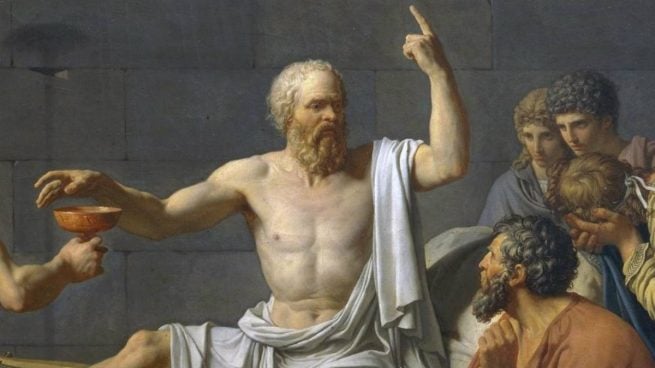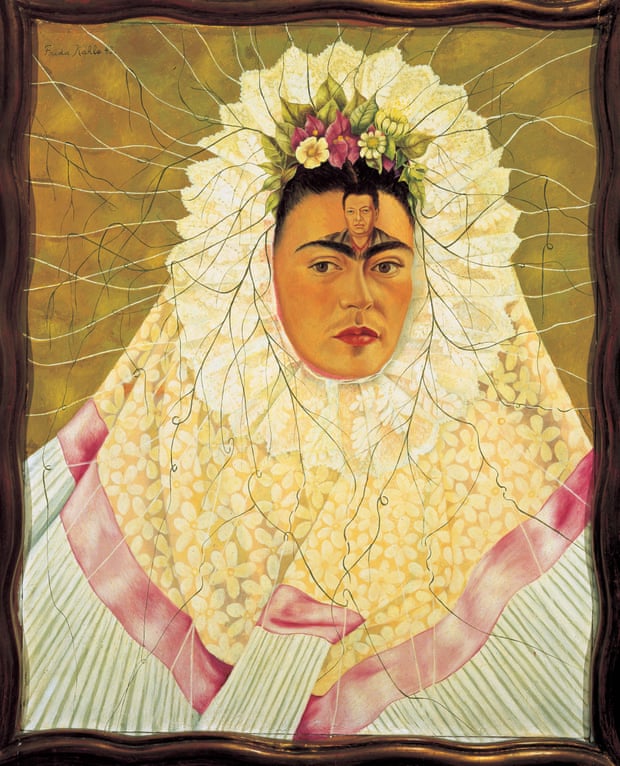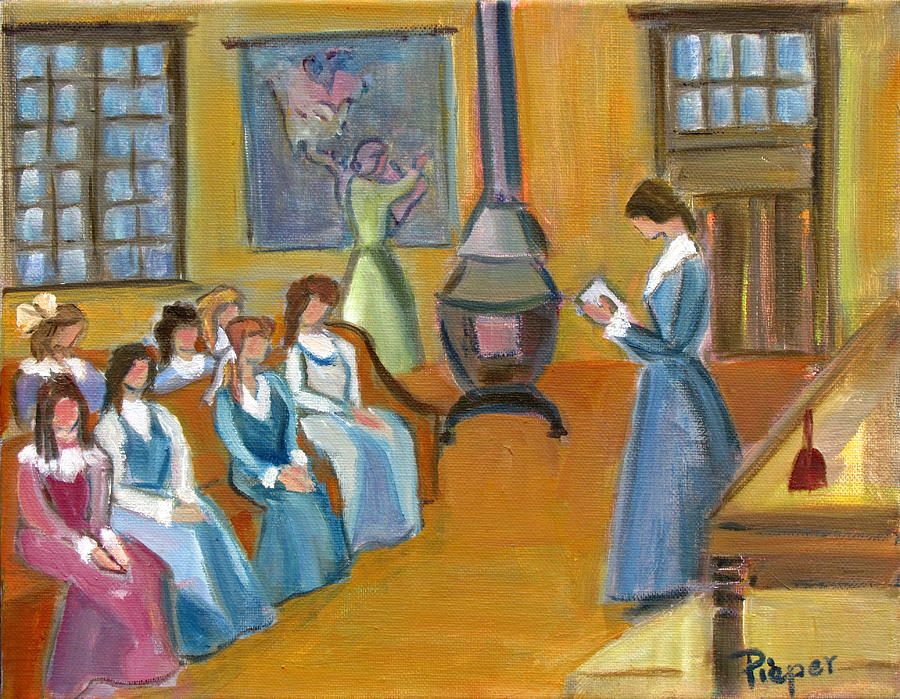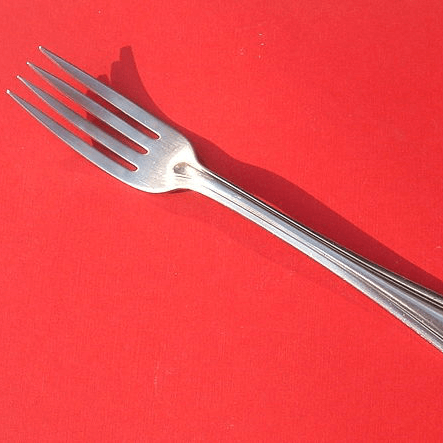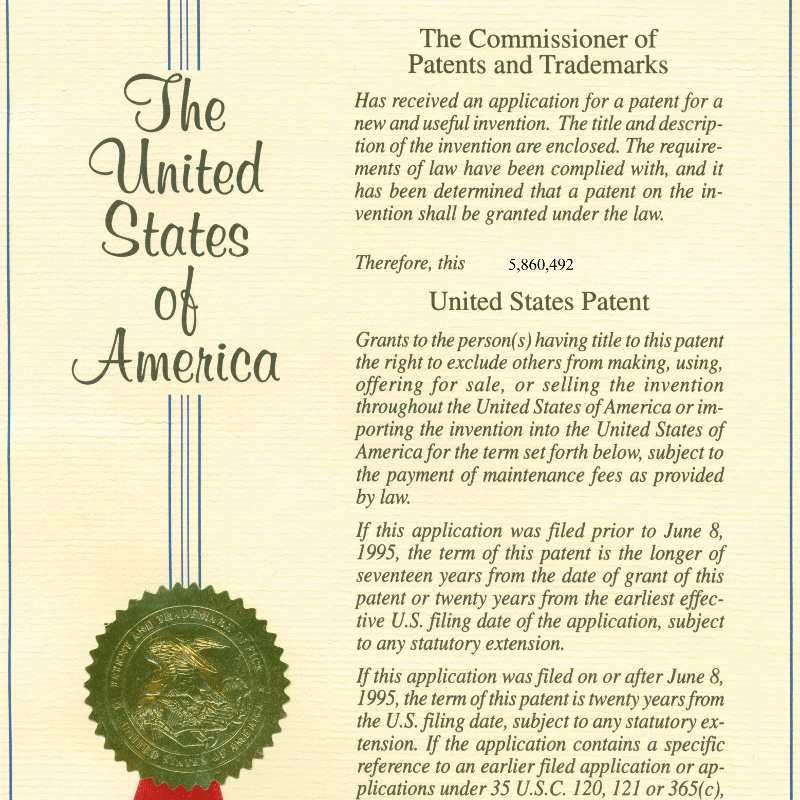Eloquium is a language school based on Aguascalientes.We aim towards providing the best educational services in the city.
domingo, 3 de mayo de 2020
sábado, 2 de mayo de 2020
The History of the Fork
A fork is a utensil, or tool, that people use while eating. Forks have a handle at one end. At the other end, there are three or four long, thin pieces called tines. You can put food on the tines and then bring the tines to your mouth.
Humans have used forks for thousands of years. No one knows when the first fork was made. They were used in ancient Greece, Egypt, and even China. The Roman Empire brought forks to Western Europe. But forks did not become very popular in Europe until around 500 years ago. Forks became very useful because people started to eat more pasta, such as spaghetti. Europeans later brought forks to America.
Not every culture uses forks. In some places, it is traditional to eat with your hands. In other places, chopsticks are used instead.
No sources were consulted in the composition of this passage.
Who Invented That?
There are inventions that we are taught were created by one person. Eli Whitney invented the cotton gin. Elias Howe invented the sewing machine. Alexander Graham Bell invented the telephone. George Eastman invented roll film for cameras. Guglielmo Marconi invented the radio. These are facts we read in history books. But, in history books, we are sometimes taught false information.
In fact, what we are actually taught is who is given credit for an invention. Who actually invented it might be someone else entirely. That is because the person who gets credit is simply the person who filed a patent first. A patent is a claim made by the government. It gives one person or group the sole right to make, use, or sell some invention. Often, the person who gets the patent is not necessarily the first person to make something. Instead, he is just the first to claim to make something.
Take the light bulb. Nearly everyone believes it to be a plain fact that Thomas Edison invented the light bulb. But, in reality, that is not necessarily the case. The claim is disputed. The British physicist Sir Joseph Wilson Swan actually invented an incandescent light bulb years before Edison made one in America.
Edison actually was copying Swan’s bulb and trying to improve it. Edison won a patent for his copy of Swan’s bulb. Then, he started an advertising campaign to claim that he was the real inventor. Swan did not care about making money off his invention, so he agreed to let Edison sell his bulbs in America.
Similarly, dozens were working on inventing the telephone around the time Bell was. The same is true for camera technology and radio and almost everything else that has been invented. It is rare for one person to have a truly original idea. Rather, inventions are often the results of an inventor responding to other inventors’ ideas. Patents just make it seem as if one genius created something by him or herself.
Jonnes, Jill. Empires of Light: Edison, Tesla, Westinghouse, and the Race to Electrify the World. New York: Random House, 2003. Book.
Colección Clio
Arquitectura mexicana del siglo XX, volúmenes bajo el sol.
Música clásica capitulo 1 nacionalismo y modernidad. 1900-1960.
Arquitectura mexicana.
Juan O Gorman
Contemporáneos
La casa es una máquina para vivir.
Antes de hacer cualquier cuatriciclo se deben tener en cuenta ya elementos:
El Sol.
Los árboles.
El espacio.
Tú casa, al ser tu espacio debe representarte.
Cómo la casa de Diego rivera y Frida khalo.
viernes, 1 de mayo de 2020
Suscribirse a:
Comentarios (Atom)



